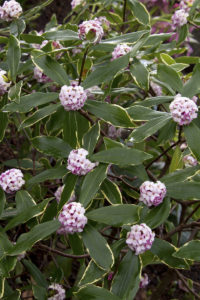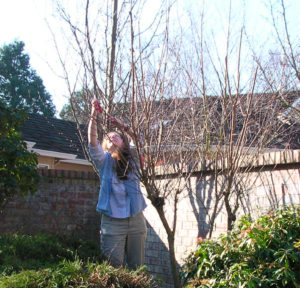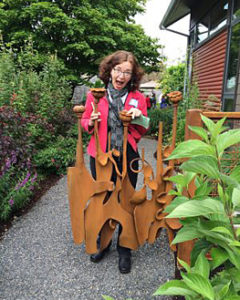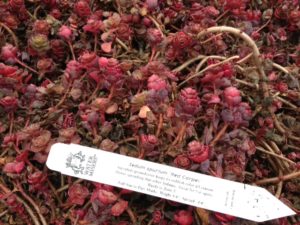
Dwarf Liberty Apple Tree after pruning with fruit
Selecting Dwarf Apple Trees for Small City Landscapes
Recently I specified apple trees for a client with a small yard. I chose ‘Liberty’ for disease resistance and flavor and ‘Akane’. Along with the name of the apple I wanted, I also specified which dwarfing root stock. Why should we care about what root stock my apple tree is grafted on? The first step to success in selecting dwarf apple trees for small city landscapes is picking the right root stock. I define success as planting fruit trees that stay small but produce lots of fruit and are easy to care for. I picked an EMLA 26 for the ‘Liberty’ and an EMLA27 for the ‘Akane’ which we put into a container.
Dwarf Apple Tree Selection Tip
Please do not buy an apple tree with a tag that only says dwarf. If the tag does not identify the specific root stock you have no idea how big the tree will be. Given the small yards most people have these days….not knowing the size your tree will grow to is a mistake that will cause you grief literally as you remove a tree that you cannot manage just when it’s finally producing lots of fruit.
Why Plant Dwarf Apple Trees?
There are many excellent reasons to plant a dwarf apple tree grown on specialized root stock.
- Dwarf trees are compact. If you are a beginner, you probably are in love with having a garden and want everything, all at once. Dwarf trees give you more room for “everything;” because they don’t use much room in the back yard. Semi dwarf can be 18′ feet tall or more……..that is not small.
-
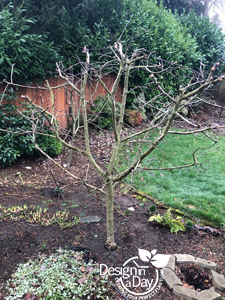
Liberty Apple Tree pruned by homeowner
Smaller trees make picking and thinning the fruit easier. Dwarf trees produce lots of easy-to-reach fruit. This is very important, especially during the first few years, when you thin (pick off) half or more of the immature fruit so your tree can develop the strong wood it needs for a long and fruitful life. Some apple varieties require you pick all the flowers off for a couple of years which would be hard to do on a ladder.
- Spraying is easier, too. When you learn how to spray the tree with a dormant oil, it will be so easy to completely coat the stems and the areas where the buds will break because you will be able to reach them. Check out this Spring Spraying of fruit tree coating a [watch video] tree with a dormant oil spray.
- Modern dwarf fruit tree rootstocks help you avoid common problems. Please, please, please, don’t buy a tree with a label that just says “dwarf apple” or “mini pear” on the label. The impulsive buy may cause you to miss all the fruits of recent horticultural progress. Some root stocks in addition to dwarfing the size of the tree, allow your tree to thrive in heavy clay, you won’t get that from a non-specified root stock. Instead, make sure that it tells you which specific rootstock the tree is grafted to. For example the label could say something like “EMLA 27 creates a 4-to-6-foot tall and wide tree, grows well in containers, tolerates clay soils and is resistant to rot and other diseases.”
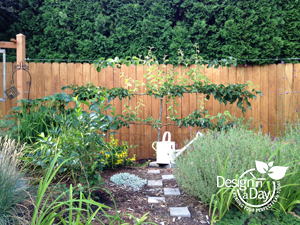 Pruning a smaller tree is physically less work. You won’t even need a ladder. Brainy Garden has a video on pruning dwarf fruit trees. Pruning is not a no brainer. Many sources conflict with each other on how much you should prune…..so best is a class from a local nursery or through the Home Orchard Society. Not pruning promises that your little trees will rip and tear their branches from the weight of too many apples, so get some help.
Pruning a smaller tree is physically less work. You won’t even need a ladder. Brainy Garden has a video on pruning dwarf fruit trees. Pruning is not a no brainer. Many sources conflict with each other on how much you should prune…..so best is a class from a local nursery or through the Home Orchard Society. Not pruning promises that your little trees will rip and tear their branches from the weight of too many apples, so get some help.
Resources for Dwarf Apple Trees
This list of modern rootstocks and their characteristics gives you an idea of how critical (and cool) it is to select the right root stock for your fruit tree. I could come up with some more reasons, but you can see how dwarf fruit trees are perfect for how most of us live and garden—in smaller yards with less time but no less plant lust. RainTree Nursery, One Green World or Burnt Ridge Nursery are three sources for special rootstock apple trees and more.
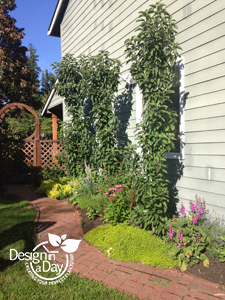
Sentinel Apple Trees take little room in this south facing garden.
Don’t want to figure out which rootstock?
Talk to an expert at one of these specialty growers: RainTree Nursery, One Green World or Burnt Ridge Nursery or The Home Orchard Society. Portland Nursery (503-231-5050) has a specialist on staff who orders their fruit trees and they will be knowledgeable about root stocks. Call ahead to be sure their expert is in.

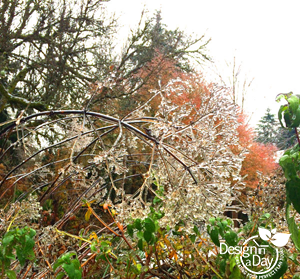
 Examine the equipment
Examine the equipment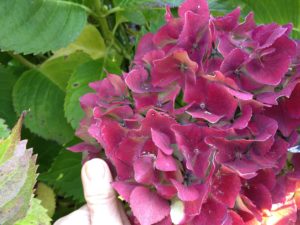
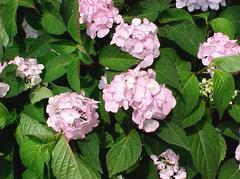

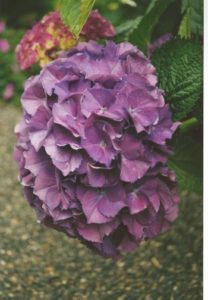
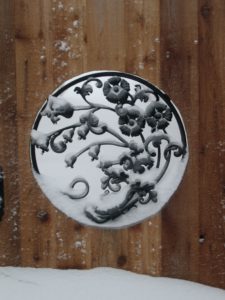 I recently was a guest on a radio talk show, Real Estate Today, with
I recently was a guest on a radio talk show, Real Estate Today, with 